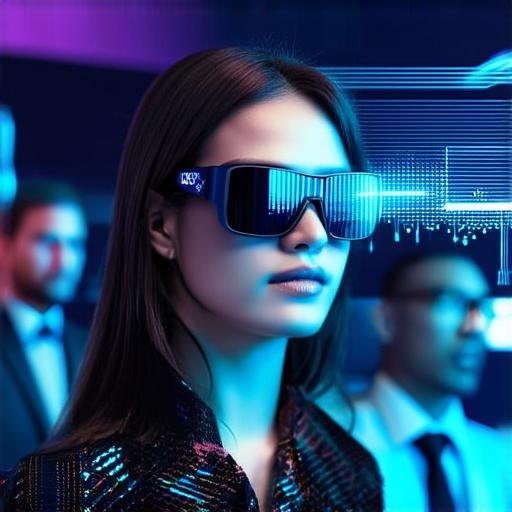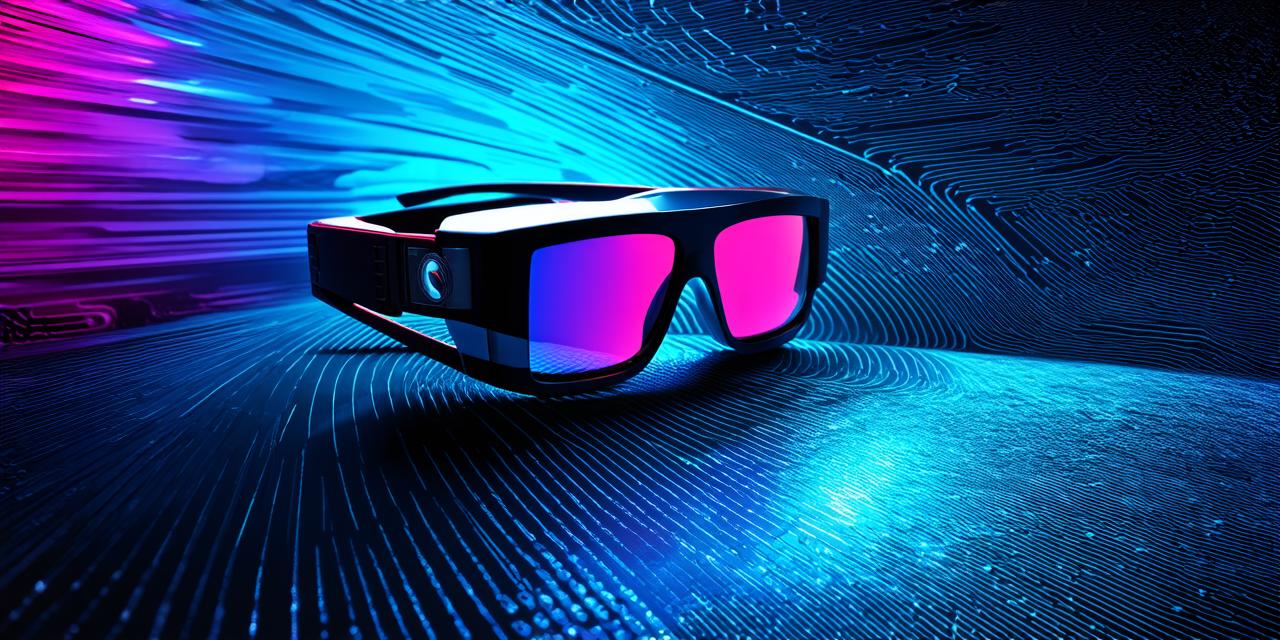Introduction
Augmented reality (AR) is a technology that overlays digital information onto the real world. It has been around for several years, but it’s only in recent years that AR has become more accessible and mainstream. With advancements in mobile devices and software development, AR has the potential to transform various industries and enhance our daily lives. In this article, we will explore the benefits of augmented reality and how it can benefit us in different ways.
Benefits of Augmented Reality
1. Improved User Experience
AR can improve user experience by providing a more immersive and interactive experience. For example, AR can be used in gaming to create a more realistic and engaging experience for players. In retail, AR can provide customers with a virtual try-on experience, allowing them to see how a product would look on them before making a purchase.
2. Enhanced Learning and Education
AR can enhance learning and education by providing a more interactive and engaging experience. For example, AR can be used to create virtual field trips, allowing students to explore historical sites and landmarks from the comfort of their classrooms. AR can also be used to provide students with hands-on learning experiences in fields such as science and engineering.
3. Increased Efficiency and Productivity
AR can increase efficiency and productivity by providing real-time information and guidance to workers. For example, AR can be used in manufacturing to provide workers with step-by-step instructions and real-time data about the production process. AR can also be used in healthcare to provide doctors and nurses with real-time data about a patient’s condition and treatment options.
4. Improved Customer Service
AR can improve customer service by providing customers with more personalized and interactive experiences. For example, AR can be used in e-commerce to provide customers with a virtual try-on experience or to provide them with real-time information about a product. AR can also be used in travel and hospitality to provide customers with virtual tours of hotels and destinations.
Case Studies and Personal Experiences
1. IKEA Place
IKEA Place is an AR app that allows users to place IKEA furniture in their homes to see how it would look before making a purchase. The app has been downloaded millions of times and has resulted in increased sales for IKEA. Users appreciate the interactive and immersive experience that IKEA Place provides, which has led to higher customer satisfaction and loyalty.
2. Pokemon Go
Pokemon Go is an AR game that has captured the attention of millions of people around the world. The game uses real-world locations as a backdrop for virtual battles and allows users to collect virtual creatures known as Pokemon. Pokemon Go has been credited with increasing foot traffic in retail stores and has even led to the creation of new jobs in the gaming industry.
3. Remote Assistance
Remote assistance is an AR app that allows doctors and nurses to provide real-time guidance and support to patients in remote locations. The app uses AR to overlay digital information onto it, providing doctors and nurses with real-time data about a patient’s condition and treatment options. Remote assistance has been credited with improving patient outcomes and reducing healthcare costs.
Comparing Augmented Reality to Other Technologies
Augmented reality can be compared to other technologies such as virtual reality and artificial intelligence. While virtual reality provides a completely immersive experience, AR is more interactive and can be used in various industries. Artificial intelligence can enhance AR by providing real-time data and guidance to users.
FAQs
1. What is augmented reality?

Augmented reality is a technology that overlays digital information onto the real world. It can improve user experience, enhance learning and education, increase efficiency and productivity, and improve customer service.
2. How does augmented reality work?
Augmented reality works by using mobile devices or other devices to capture the real world and then overlaying digital information onto it. This is done using a combination of sensors, cameras, and software algorithms.
3. What are some examples of augmented reality?
Some examples of augmented reality include IKEA Place, Pokemon Go, and remote assistance in healthcare.
Conclusion
Augmented reality has the potential to transform various industries and enhance our daily lives. By improving user experience, enhancing learning and education, increasing efficiency and productivity, and improving customer service, AR can provide significant benefits to individuals and organizations alike. As the technology continues to evolve, we can expect to see even more innovative uses of AR in the future.
